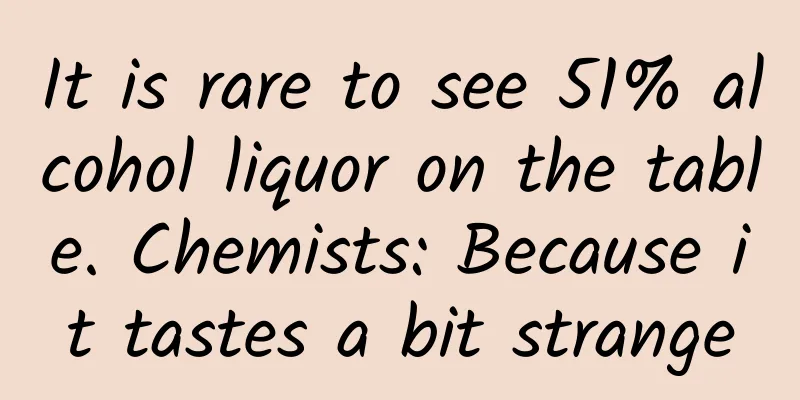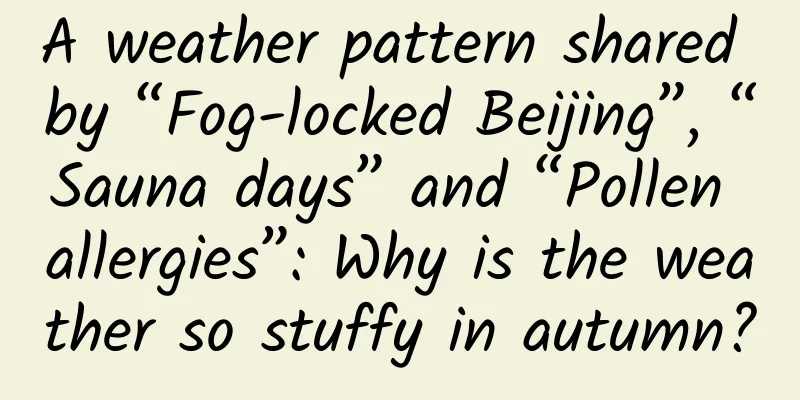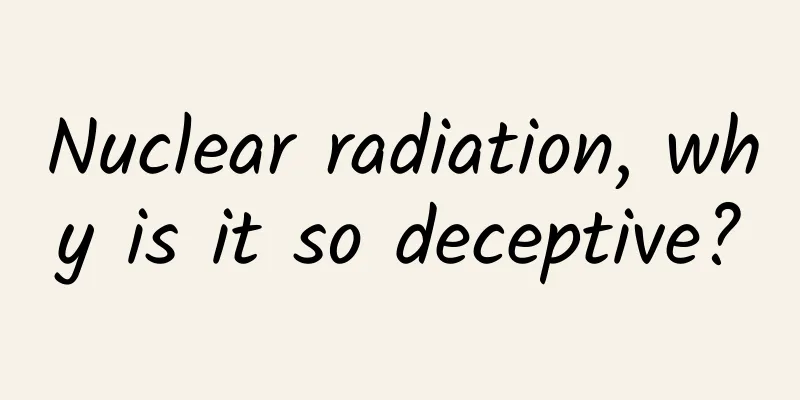It is rare to see 51% alcohol liquor on the table. Chemists: Because it tastes a bit strange

|
In 1153, the Jin Dynasty moved its capital from Shangjing (now Acheng, Harbin, Heilongjiang) to Yanjing (now Beijing) and named it "Zhongdu". Li Xun and Chu Qiao wrote in the book "The Geography of Wine in China" that there is accurate information showing that Chinese baijiu originated in the Jin Dynasty, and distilled liquor was already available in Beijing at that time . In fact, baijiu is known as one of the six major distilled liquors in the world, along with whiskey, vodka, rum, brandy and gin. Generally speaking, winemaking originated from natural fermentation, which means that early wines were fermented wines, such as yellow wine, and distilled wines such as white wine appeared relatively late, which led to the history of Chinese wine development that we are familiar with: first yellow wine, then white wine . The common point between distilled wine and fermented wine is that both of them go through a two-step fermentation process: one is to convert the starch in the grain into monosaccharides under the action of microorganisms or enzymes; the other is to further decompose the sugars formed in the previous step into ethanol under the action of yeast or yeast. Next, if the fermented grain-wine mixture is directly filtered, sterilized, and then left for a period of time, fermented wine will be obtained. In contrast, if the fermented mixture is subjected to multiple rounds of distillation, taking advantage of the fact that the boiling point of ethanol (78.5 degrees Celsius) is lower than that of water (100 degrees Celsius), a higher purity of ethanol can be extracted. After the last round of distillation, the condensed liquor is stored in ceramic or wooden containers to complete aging. In other words, the biggest difference between distilled liquor and fermented liquor is that there is an extra step of distillation , so the alcohol content of distilled liquor is often higher than that of fermented liquor. Image source: wikimedia commons/CC BY 4.0 How much is this wine? The alcohol content of liquor, also known as alcohol degree or alcohol alcohol, usually refers to the alcohol (ethanol) content of a liquor, expressed as a percentage by volume (Alcohol by Volume). For example, a 52-degree liquor means that every 100 ml of liquor contains 52 ml of ethanol. And because the volume of ethanol is affected by temperature, domestic regulations determine the alcohol content of a certain liquor at 20 degrees Celsius . In fact, the alcohol content has only been marked on the national standard since 1990. The previous marking method was "% (v/v)", and now it is "%vol". For liquor, according to the new standard, the alcohol content range of strong liquor is "40%vol~68%vol", and the alcohol content range of low-alcohol liquor is "25%vol~40%vol". The current standard alcohol content of liquor is generally 28, 33, 35, 38, 39, 40, 43, 45, 48, 50, 52, 53, 56, 60 and 68 degrees. It can be seen that a difference of 1 degree in alcohol content will bring completely different wine quality or taste . In the traditional craftsmanship of making liquor, an excellent winemaker can determine the alcohol content of the liquor by observing the layer of foam (also known as "hops") produced on the surface of the ethanol-water solution when it is shaken during the distillation process. He can even accurately judge the alcohol content difference of about 1 degree, so as to accurately distinguish the distillates of a certain alcohol content. Copyright images in the gallery. Reprinting and using them may lead to copyright disputes. Similarly, according to Yang Xiaotao, special research assistant at the Technical Institute of Physics and Chemistry of the Chinese Academy of Sciences, in order to observe the differences caused by every 1 degree difference in the alcohol content of liquor, the team of Academician Jiang Lei from the Key Laboratory of Bionic Materials and Interface Science of the Institute cooperated with the research team of Wuliangye Technology Research Center to select 101 data points from pure water (alcohol content is 0) to pure ethanol (alcohol content is 100), and measured them at intervals of 1 degree. The research results were published in the journal Matter in May 2024. How does temperature affect the state of wine? Liquor is mainly composed of ethanol and water, as well as aroma and flavor substances, of which about 98% to 99% is an ethanol-water mixture , and the remaining 1% to 2% is organic compounds such as acids, alcohols, esters, and aldehydes - it is these trace components that determine the aroma, flavor, and quality of liquor. So, in the ethanol-water solution of liquor, how does the ethanol content (alcohol content) affect the properties of liquor? To address this issue, Jiang Lei and his colleagues placed the ethanol-water solutions on a hydrophobic surface, highly oriented pyrolytic graphite (HOPG), to measure surface tension. Liquids form droplets on solid surfaces, which may be flat or spherical, depending on the surface tension, and contact angle is a common method for measuring surface tension. They found that as the alcohol content increased, the contact angle of the ethanol-water solution on the hydrophobic surface did not increase linearly with the increase in alcohol content. But in general, the higher the alcohol content, the smaller the contact angle of the ethanol-water solution droplet, the smaller the surface tension, and the droplets tend to be flat , and may even spread out. As the ethanol content increases, the contact angle of the ethanol-water solution shows a discontinuous and gradual change trend. Source: Original paper In addition, it is worth mentioning that in liquor, when ethanol molecules encounter water molecules, the two molecules will embed into each other, that is, small water molecules will enter the molecular gaps of large ethanol molecules to form a special cluster structure. This study used high-frequency proton nuclear magnetic resonance and molecular dynamics simulation to discover two different ethanol-water molecular cluster structures . The researchers found that the alcohol content of liquor affects the structure of ethanol-water molecular clusters. The results showed that when the ethanol concentration is low, there are more water molecules in the ethanol-water solution, so the ethanol and water molecules mainly gather together in the form of tetrahedrons to form a tetrahedral cluster structure ; however, when the ethanol concentration is high, the structure of the ethanol-water molecular clusters will gradually change from tetrahedrons to one-dimensional chain structures . What's more interesting is that temperature changes everything . For example, 38%~42% and 52%~53% liquors show completely different ethanol-water molecular cluster structures at room temperature, but as the temperature rises, this difference gradually disappears, that is, regardless of the alcohol content, ethanol-water molecular clusters tend to form chain structures. In other words, heated liquor makes it difficult to distinguish the alcohol content of the liquor. Even if the alcohol content is low, it can taste like some liquors with higher alcohol content, and it is not bland at all. In addition, the researchers found that compared with liquor, beer with a lower alcohol content has more chain structures in its ethanol-water molecule clusters at a temperature of 5 degrees Celsius , making such beer taste refreshing and full of alcohol flavor . In other words, the saying we often hear, " Liquor should be drunk warm, and beer should be drunk iced, " does make sense. 51% alcohol liquor is not common Looking back at the current standard alcohol content of liquor, we will find that there is no trace of 51% between 50% and 52%. In fact, we know that 51% liquor is completely different from 52% liquor, which is only 1% different, and tastes very similar to 38-42% liquor. Naturally, merchants rarely sell 51% liquor, and we rarely see such liquor. References [1] http://dx.doi.org/10.1016/j.matt.2024.03.017 [2] https://www.sciencedaily.com/releases/2024/05/240501125742.htm [3] https://finance.sina.com.cn/roll/2024-12-16/doc-inczrvkr5863806.shtml [4] https://scjgj.sc.gov.cn/scjgj/c104538/2022/4/12/e4d9fdf1164549c19ac61d592b40dd55.shtml [5] Li Xunchuqiao, The Geography of Wine in China: Exploring the Space-Time Mysteries of Fine Wine Production, Northwest University Press, 2019 [6] Chinese Liquor Tasting Guide, Jia Zhiyong, Chemical Industry Press, 2016 Planning and production Source: Global Science (ID: huanqiukexue) Review | Ruan Guangfeng, Deputy Director of Kexin Food and Health Information Exchange Center Editor: He Tong Proofread by Xu Lailinlin |
<<: What kind of rice is the "rice" in Travel Companion's "self-heating rice"?
>>: Why do my eyes feel uncomfortable when I look at the computer at work?
Recommend
Xiaohongshu platform’s distribution strategy and case analysis
According to relevant data, China's cosmetics...
Next year, Google Chrome will stop adapting to some systems
You may like your Windows XP very much because it...
Pixel-graphic games have no future? Developers don't think so
[[137394]] Blake Reynolds is an artist at indepen...
How to design fission posters to achieve high dissemination and high conversion?
Ever since I started operating the business, ther...
Startup teams, don’t wait until you’re out of money to realize these truths
[[143282]] Preface: There is a saying in the entr...
The Secret of APP Mother and Baby Products Community Operation
The development of online communities has gone th...
Under the new subsidy policy, the Ministry of Industry and Information Technology has issued five batches of recommended catalogues, highlighting four major trends in new energy vehicles
So far, the Ministry of Industry and Information ...
From storm surges to seawater intrusion: What challenges does global warming bring to coastal cities?
Tuchong Creative On October 21, seawater backflow...
The smiley face symbol was sold at a sky-high price of over 2.5 million. Why is NFT so valuable?
Let me first show you some priceless works of art...
5 steps to quickly write high-conversion information flow advertising copy
Many friends often complain to me: " Informa...
You can buy a good-looking mid-size car for 100,000 yuan. Perhaps this was the dream of the early rise of domestic brands.
In the process of commodity trading, there has al...
What is the frequently mentioned "blood oxygen saturation"? Learn more in this article →
Blood oxygen saturation is a very important medic...
Drone mini program functions, how much does it cost to develop a drone mini program?
With the continuous popularity of short videos, ma...
What! The oyster mushrooms and chicken leg mushrooms you usually eat actually "eat meat"?
In the eyes of many people, mushrooms are accusto...
Optimizing the paid experience is the key to Android TV games
In 2014, as relevant state departments relaxed re...









